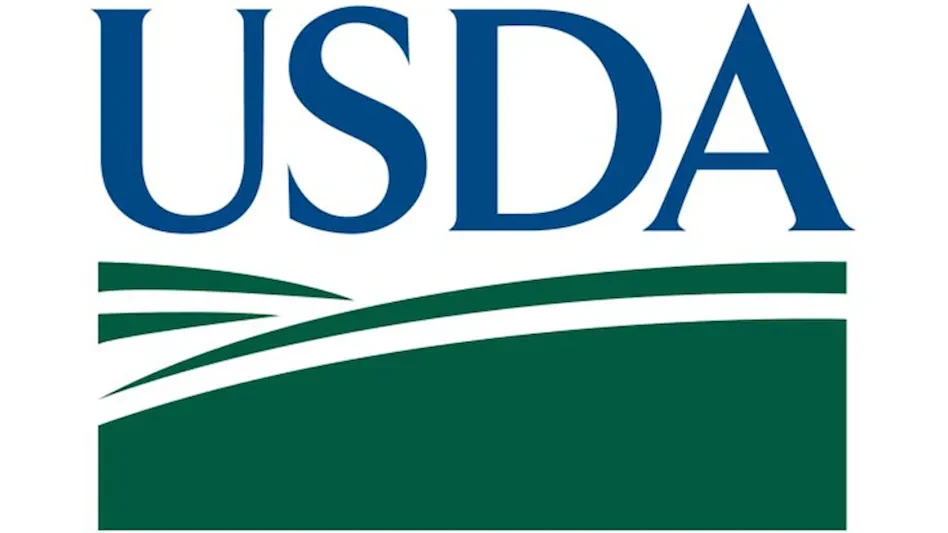“A fly is not allowed inside this facility” should be a standard rule in food plants, said Jim Sargent, Copesan Director of Technical Support and Regulatory Compliance. “People put with up flies, but in a food plant, you can’t have that; you shouldn’t have any flies.”
Flies are known carriers of pathogens, and they can contaminate a food or surface by simply landing on it. “Indoors, flies are a public health risk” to both the plant workers and product consumers, Sargent said. “There is no threshold for house flies. Tolerance has to be zero.
Action Pest Control Technical Director Scott Robbins agrees with the importance of keeping flies out of food plants, noting the contamination —and resulting reputation—risk of even a single fly. “One fly in an area can cost thousands or millions in public image,” Robbins said.
To get to zero tolerance, plants should understand how and why the flies are entering and breeding, and a management program must include investigation and elimination of the source. “That’s the difference between a good fly management program and a band aid,” said Zia Siddiqi, Orkin Director of Quality Systems.
August is considered to be “fly month” through most of the U.S., as large fly populations are at their peak and fly pressure is at its greatest. If you are seeing flies in or around your facility, it is time to take steps to protect your plant today and set up a defense against next summer’s flies.
Defend. Structural exclusion and sanitation practices form the basis of defense against the building of fly infestations and their entry into your structure. Some often less-noted areas of concern are:
- “Rooftop sanitation is an often overlooked area,” Robbins said. Overfill from dry grain or flour bins can blow onto rooftops; when combined with rain and sun, the molding medium can become ideal for fly breeding. The same can occur with spills on the ground which can provide a “nice fermentation yard” for fly breeding, Siddiqi said.
- Air pressure, air intakes and air curtains can all defend against fly entry —if properly set and maintained. It is fairly common to have negative air pressure in a building literally drawing in flies — and other pests, Siddiqi said. To counter this, structures should be inspected for cracks, crevices and other air leaks, and all sealed as completely as possible.
When not in operation, unscreened air intakes can provide easy entry for flies. A wrong-size or improperly seated filter can allow flies to be sucked in to a production environment. The same can happen if air curtains are improperly installed. - Doors can provide an ongoing opportunity for fly entry, and, as Robbins said, “They don’t have to fly through open doors, their entry can be attributed to heat or odors coming around the door.” However, he added, exclusion can be as simple as choosing the right type of sealant for doors, installing self-closing doors, and ensuring all gaps are sealed. Air curtains can be beneficial in keeping flies out, but they should be checked regularly to ensure they are on and correctly directed.
- Because it can be so easy for flies to enter through doors, a vestibule at all employee entrances can be of great benefit, Sargent added.
- Dumpster areas provide ideal feeding and breeding grounds for flies. The life cycle of a fly from egg to adult is less than a week, thus it is critical that Dumpsters be emptied often—at least twice a week in the summer—and the area kept cleaned. Dumpsters should be placed away from doors and docks so flies that are attracted to the garbage are not further attracted indoors. “The farther away it is, the better,” Siddiqi said.
- Exterior vegetation and standing water also can attract flies and provide breeding grounds. Ensure your grounds have good drainage and don’t allow grass clippings to accumulate on the property, Sargent warns. “Flies love that — the nice, sour, decomposing smell of grass clippings.” Even unattended rodent stations can attract flies if rodents are dying inside and not removed. “Flies can smell it even when you can’t,” he said.
- Other large flies, such as cluster flies which overwinter in structural cracks, can be an issue in the spring and summer. Loose or corrugated siding, weathered sealants, and cracked elements can all provide shelter for breeding and, Robbins said, “free range to enter the building wherever they choose.”
Protect. Integrating management tools and educating employees on how and why they can reduce the risk of fly contamination will help protect against this airborne contaminator.
- Insect Light Traps. Insect light traps can stand sentry to protect against flies which enter despite a plant’s best efforts to keep them out. “If you can’t keep them out, you have to capture flies immediately when they get in,” Sargent said. New, bright bulbs and strategic placement are critical for best catch, he added. “Have the brightest light and have it the most visible, but place it very carefully so you don’t draw flies into the plant, but you attract them as soon as they are in.”
- Employee Education. Too often employees see a fly but feel it is someone else’s job to do something about it. It is critical that plants regularly discuss fly risk with employees and explain that it is the responsibility of every employee to protect the plant and product against flies. Communication between the plant and pest management professional is also essential in building employee awareness. The roles and responsibilities of each should be detailed and training conducted for employee understanding. “It’s behavior we need to look at, not just tools,” Siddiqi said.
- Employee Practices. “We try to focus our clients on employee practices,” Robbins said. Shutting doors; cleaning up after oneself in break areas; keeping lids on trash receptacles—all are critical components for guarding against flies. “But it can’t just be a token program,” Robbins said, there must be repercussions. “If someone leaves a door open—what happens?”
The good news. “Fly pressure starts declining when cool weather sets in,” Sargent said. Activity levels decrease as temperatures decrease with little fly activity evidenced when temperatures fall below 50oF, he said. “Flies fly except when it’s cool.”
But before you expel a sigh of relief watching the last flies vanish from your area, take a few moments to use the knowledge gained this year to set your defense now for next year. “Look at the problems you’re having now, and start setting your budget and making plans to do what is necessary for next year,” he said. If you wait until next year to do so, it will be difficult to remember where the problems were and what you did. “Write it down now. Budget for new doors, trash area improvements and such,” he said. “You’ve got 10 months to get it done.”

Explore the August 2009 Issue
Check out more from this issue and find your next story to read.
Latest from Quality Assurance & Food Safety
- Bird Flu: What FSQA Professionals Need to Know
- Registration Open for 129th AFDO Annual Educational Conference
- Frank Yiannas, Aquatiq Partner to Expand Global Reach of Food Safety Culture
- World Food Safety Day 2025 Theme: Science in Action
- Ancera Launches Poultry Analytics System
- USDA Terminates Two Longstanding Food Safety Advisory Committees
- Catalyst Food Leaders Announces Virtual Leadership Summit for People in Food
- Food Safety Latam Summit 2025 Set for Mexico City





